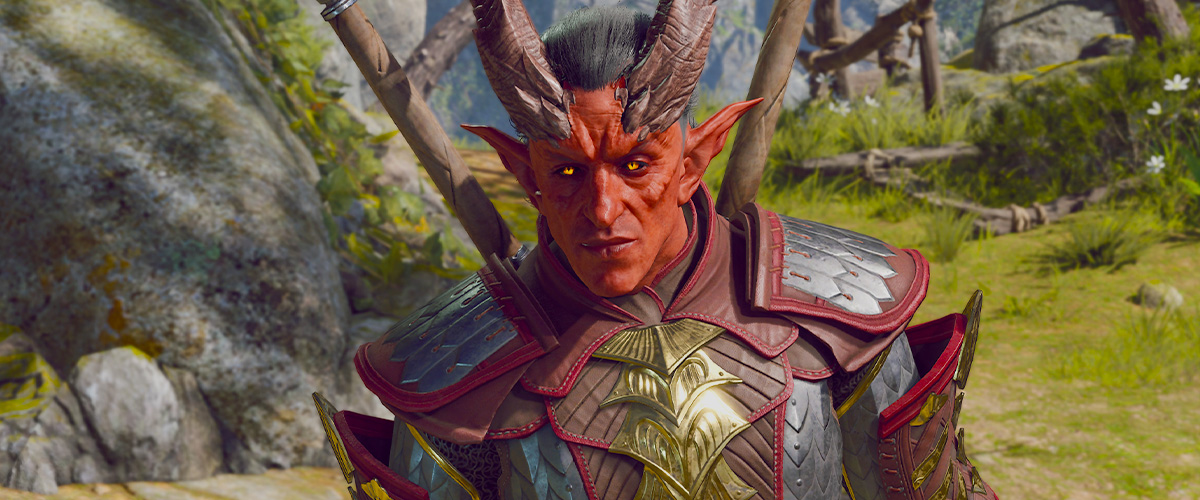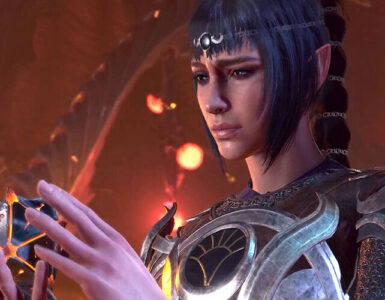After almost two decades, CRPG fans will finally be entreated to the third installment to one of the most iconic and influential computer role-playing games of all time: Baldur’s Gate 3.
Developer Larian Studios finally gave the Internet a taste of what’s to come at their gameplay reveal at PAX East 2020 earlier this week, with the company’s founder and game director Swen Vincke taking the helm in presenting the game for a whopping 70 minutes. And in the hour-long gameplay demo (not inclusive of a mouth-watering 5-minute cinematic trailer), here’s what we’ve learned from the game.
1. Players are a party of Mind Flayers…ish
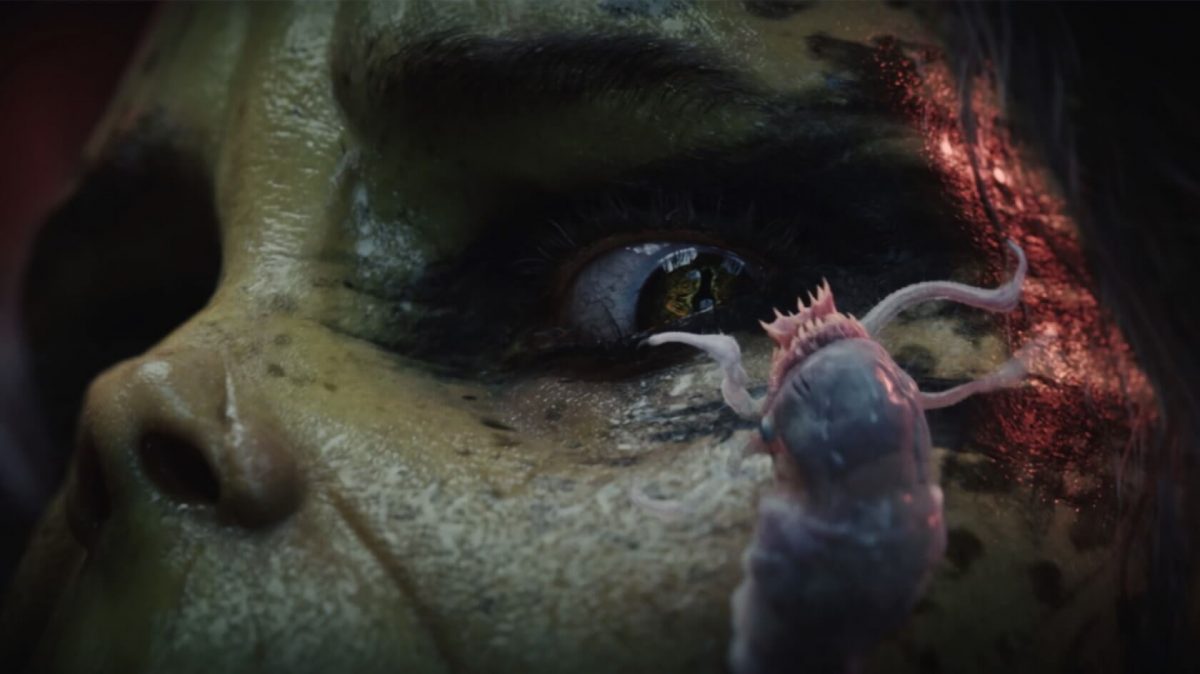
Most strikingly, Baldur’s Gate 3 puts players in the shoes of a ragtag group of adventurers who are under the subtle influence of the Illithids, more commonly known as Mind Flayers. The trailer sees the Cthulhu-inspired villains implanting parasitic tadpoles into the characters’ eyes. This is called ceremorphosis, the Mind Flayers’ signature method of adding more to their ranks by taking over their brains. While the effects of ceremorphosis are gradual, it gives the afflicted limited psionic abilities, as seen in the main characters’ ability to read the minds of others.
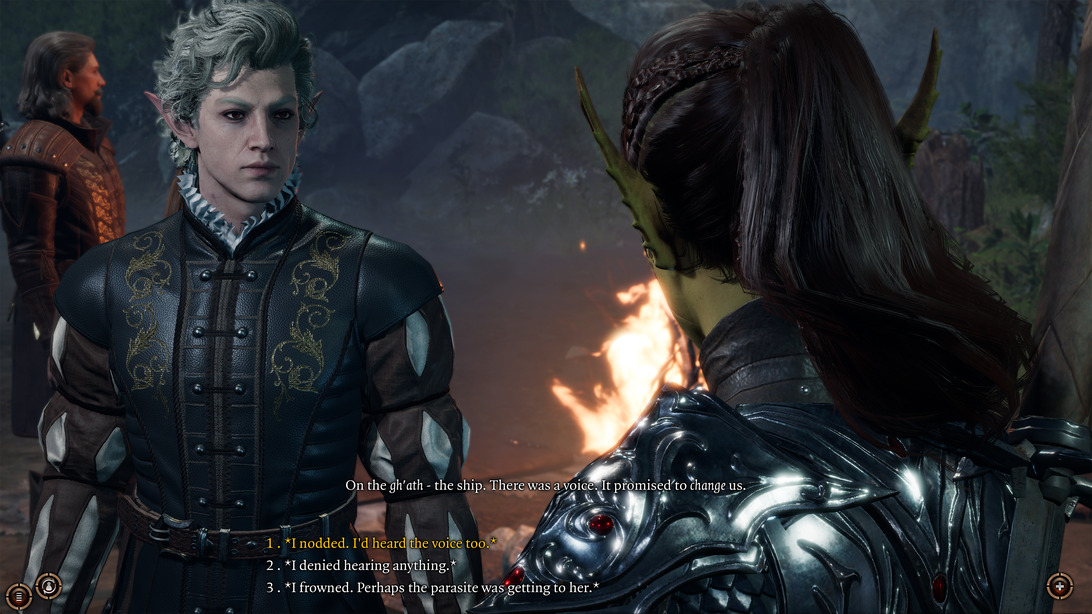
Whether this effect is eliminated, or if the main characters actually turn into Mind Flayers in the story remains to be seen, though the latter sounds a great deal more tantalising.
2. It looks a lot like Divinity: Original Sin 1 & 2, and that’s a good thing
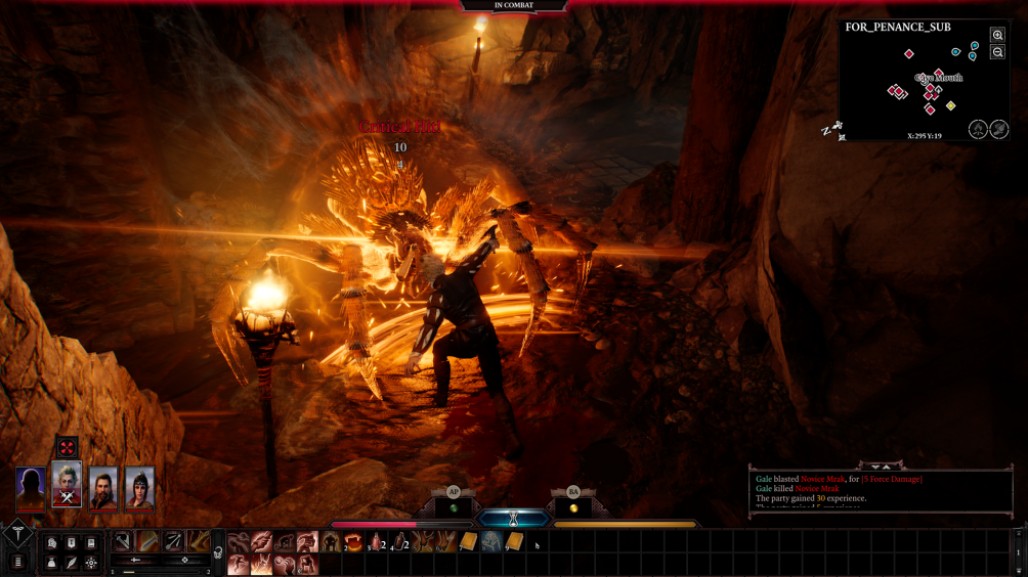
At first glance, many would mistake Baldur’s Gate 3 to be a simple clone of Larian Studios’ Divinity: Original Sin series of CRPGs, in terms of visual style, sound and even gameplay. The former two certainly hold true, but it need not necessarily be a bad thing, as ultimately this is a Larian Studios production, and it is them implementing their highly-realised, yet whimsical art style into the Dungeons & Dragons IP.
Even the menus and UI feel a lot like you’re playing D:OS, but not that we’re complaining; they are well-organised and easy for the eyes to follow, arguably even more so than the aforementioned games. It feels more distinctly Baldur’s Gate (or at least D&D in principle) in terms of gameplay (more on that later) and world-building.
Character creation is as detailed as ever, with the option to play as one of the 5 origins characters, or as your own custom one. And in keeping with Larian’s superb writing, it looks as though we’ll be seeing more of that in BG3. Every character, voice-acted to perfection, has their own distinct voice and personality. Choices players make in game are impactful, and can be felt in later stages in the game.
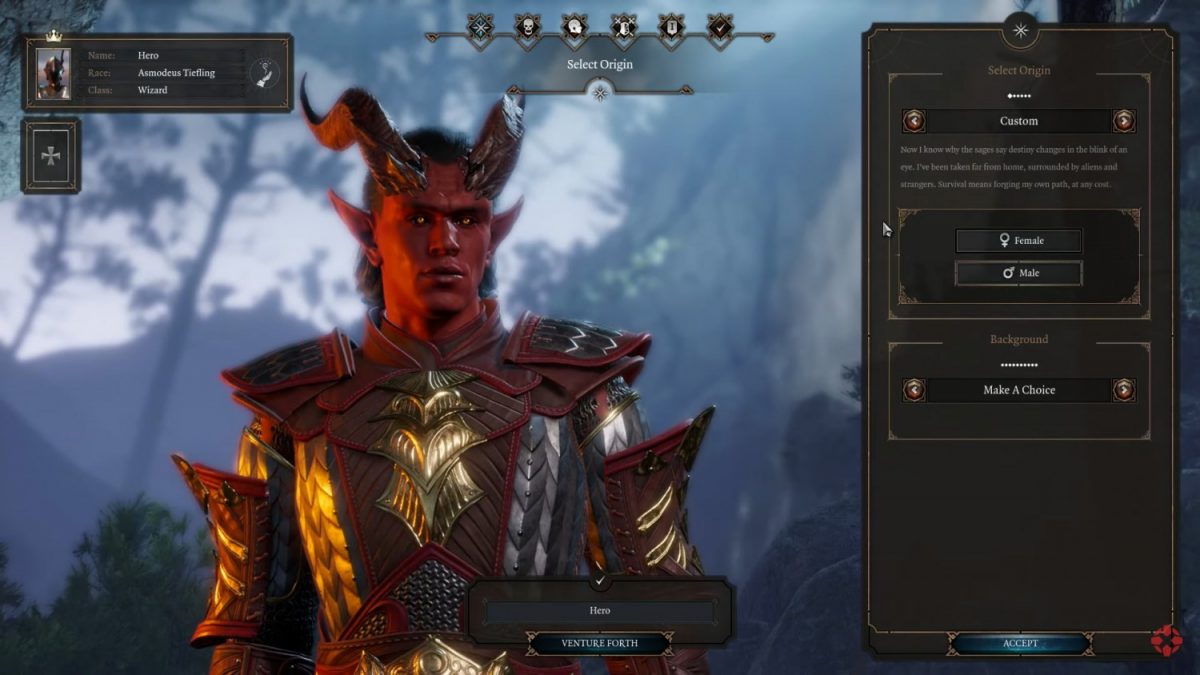
Oh, and did we mention that this will also feature up to 4-player co-op gameplay? Yes, another staple in a Larian game. It remains to be seen whether there will be an asymmetrical Dungeon Master mode, but fingers crossed.
3. It plays just like classic D&D, and that’s a good thing too

It isn’t Baldur’s Gate if it doesn’t the D&D ruleset. Where the first two games were based on the number-crunchy (and oftentimes confusing) 2nd edition (THAC0, you will NOT be missed), this third one is based on the more simplified yet comprehensive 5th edition. As D&D is primarily a combat-focused tabletop RPG, virtually all of what makes it distinct from Divinity comes in, well, combat.
After initiative is rolled, players take turns to control each party member. Actions are broken up into standard Actions, Bonus Actions (basically quicker actions), and Movement. The Advantage/Disadvantage system is adapted quite well from what we can see; standing on higher ground from enemies or flanking them allows attack rolls to be done with greater success, but the vice versa makes them equally tougher. It’s a fair system that can make combat satisfyingly unpredictable, without over-complicating things.
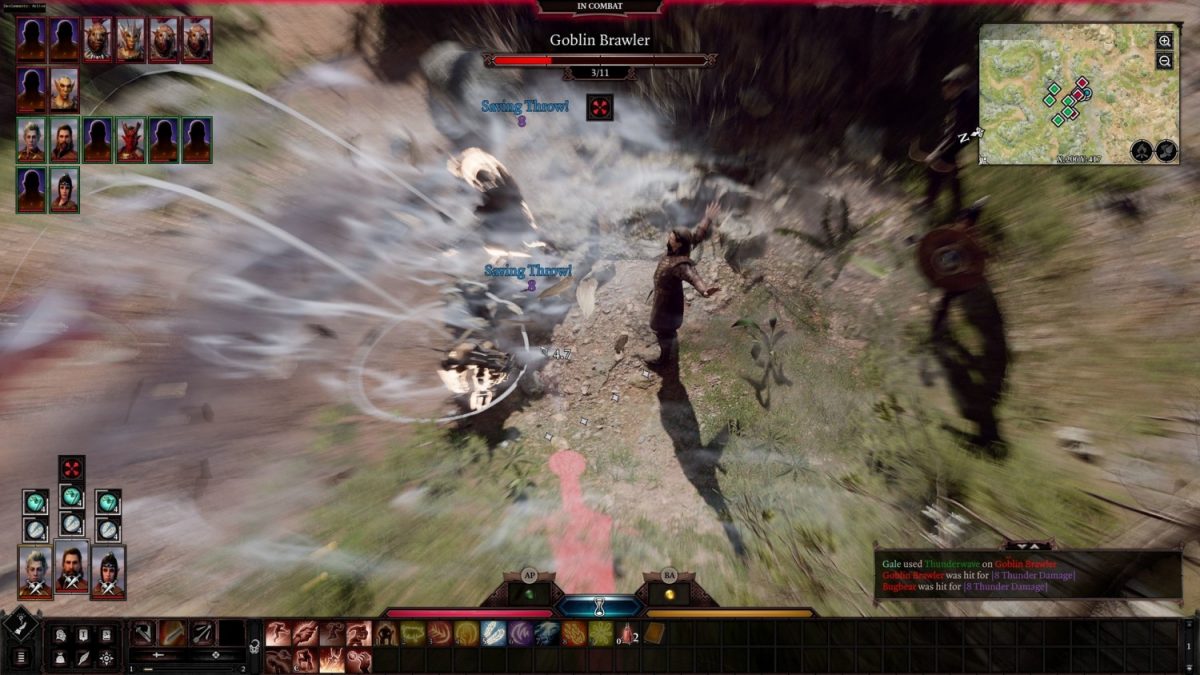
Equipping armour raises Armor Class (AC), instead of decreasing it, which was what made the original Baldur’s Gate games so confusing in their initial stages. Spells and traps require simple Saving Throws to be performed, without any additional gimmicks or calculations done unlike in the original games. Even out of combat, skill checks are made using the 20-sided die (d20), the results of which will be added to the participating character’s modifiers based on their ability scores.
The classic D&D races and classes are present in BG3 as well. From the tieflings of demonic heritage, to half-elves, half-drow (half-dark elves) and halflings, longtime D&D players will certainly feel at home. 5 basic classes such as Fighter, Cleric, Wizard, Ranger, Rogue and Warlock are all present, with abilities and spells all faithfully adapted from the original tabletop RPG. Multi-classing – another staple in D&D – has yet to be seen, though we’re hoping it’ll be implemented in the game’s final build.
4. The Gith-Mind Flayer War is the central conflict in the story
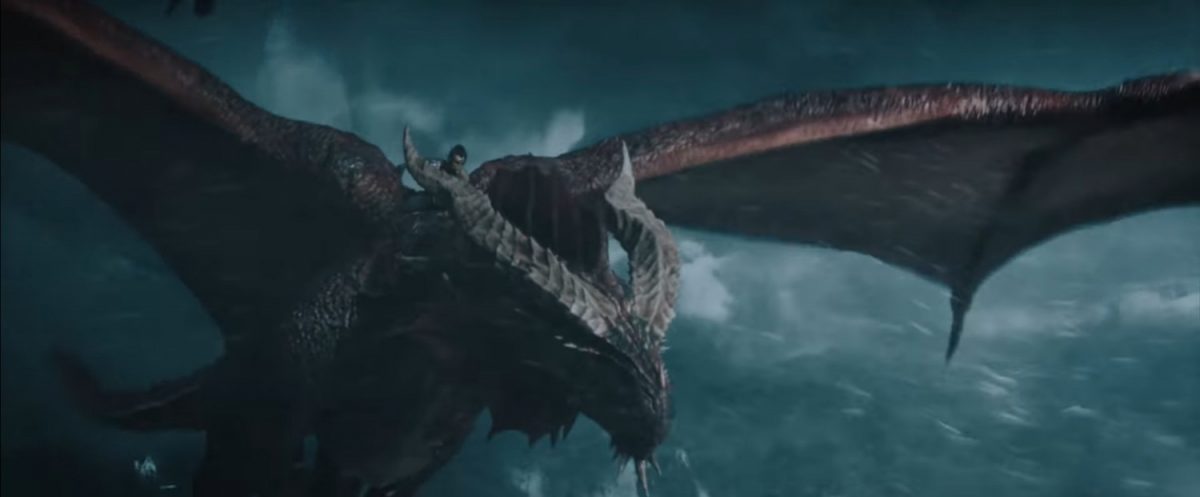
Ah, the war between the invasive race of red-dragon-riding Githyanki and the xenophobic Mind Flayers. One of the most iconic pieces of D&D lore is at the forefront of Baldur’s Gate 3. This was certainly something longtime fans hadn’t expected, but after seeing the new trailer and gameplay video, is something many agree we all need right now.
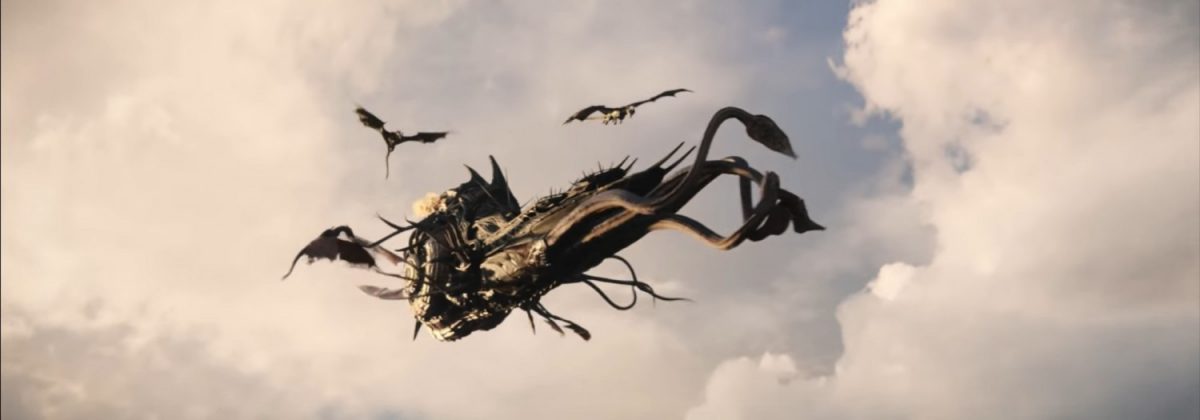
For the uninitiated, both races are actually viewed as enemies to player characters in the tabletop RPG. Though the Mind Flayers are depicted as the clear villains in the trailers, make no mistake that the Githyanki are also equally dastardly, despite heroically swooping down from portals on gigantic red dragons and giving us a visually-stunning CGI chase sequence.
It looks as though we might eventually have to take a side in the game, given the large scale of this conflict. Could this mean there’s a bigger bad looming out there? We’re not certain yet at this point.
5. No Minsc, Jaheira or the classic Baldur’s Gate characters… yet

For all the things that are distinctly Baldur’s Gate in the new game, we have yet to see the original cast of characters that made the original games so popular. From the iconic do-gooder ranger Minsc and his space hamster buddy Boo, to the half-elven druid Jaheira and the morally-conflicted dark elf cleric Viconia, there seems to be no mention of these beloved characters in the new game.
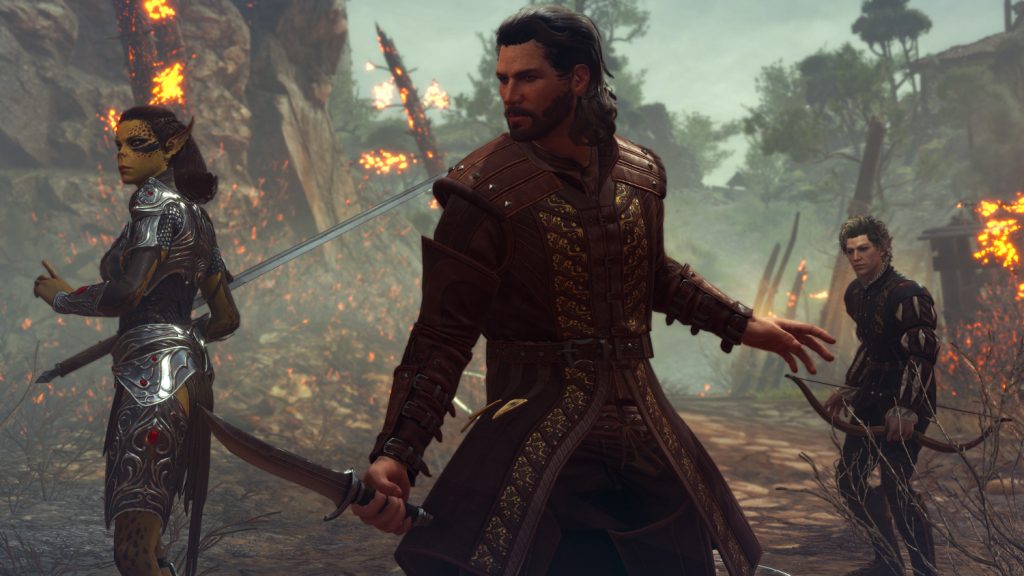
It seems the limelight has been made way for the new leading stars in the likes of Astarion, Gale and Shadowheart. Larian is being awfully tight-lipped about the original characters’ presence, but again, we trust that they have surprises in store for us in the game.
When all is said and done, Baldur’s Gate 3 is shaping up to be quite the time sink – we’re thinking at least 60 – 80 hours for the main story, by Larian Studios’ high standards. Players will get a lot more out of the game when it comes out in Early Access on Steam later this year.
Marion has a serious RPG addiction. Sometimes it bleeds into real life; he forgets to sleep because he thinks he has a Witcher’s body clock. Forgive him in advance if he suddenly blurts out terms such as “Mind Flayer” and “Magic Missile”, because never once does he stop thinking about his next Dungeons & Dragons game.

